Minnesota West Biology Instructor and Students Shine in Plant the Moon Challenge
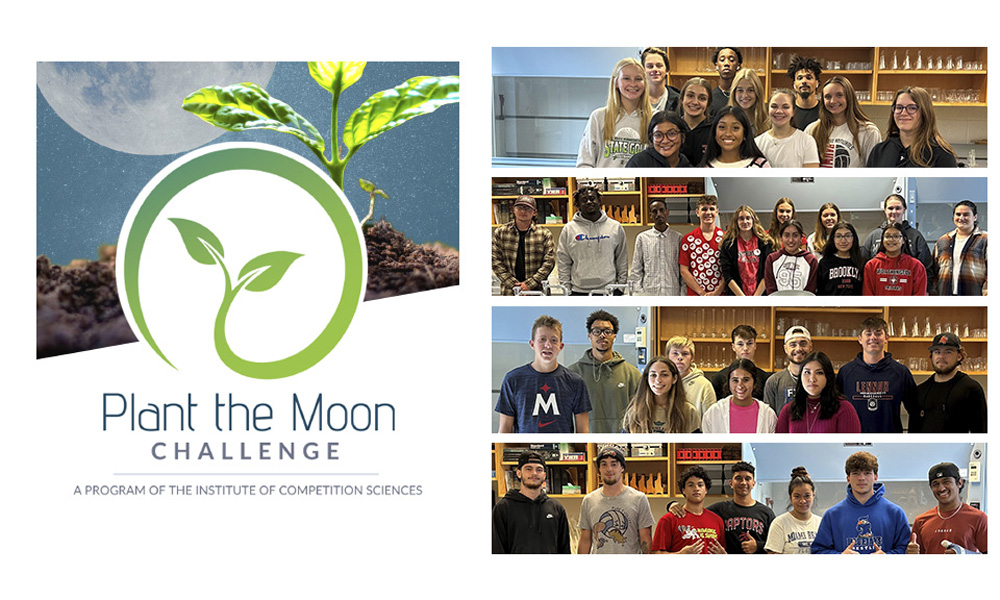
January 25, 2024 – In an innovative and hands-on project, Minnesota West Biology Instructor, Heidi Tarus, was awarded four new kits this fall for the Plant the Moon Challenge. This unique initiative focuses on addressing the human need for access to nutritious food that can be grown on the Moon. The teams, comprised of Minnesota West students split into A, B, C, and D, competed at the undergraduate/professional level.
As NASA advances its mission to send astronauts to the moon, survival in space becomes a critical aspect. The Plant the Moon Challenge provides participants with the opportunity to contribute to the development of food-growing techniques on the lunar surface. The teams engaged in a real-world experience that involved four key components: Research, Design, Plant & Monitor, and Analyze & Present.
In January, the teams received positive feedback from the Institute of Competition Sciences Advisory Board (SAB) and celebrated their successes at the PTMC Closing Symposium & Awards Ceremony.
Fall Awards:
Minnesota West Bluejays - A Team: Secured the Best in Show Award for Experimental Design. The team featured Grace Barber, Ashley Freese, Sierra Goedtke, Maelie Holt, Cathy Diaz, Claire Mahlberg, Ethan Meyer, Casey Miller, Solomon Mitchell, Dawson Svalland, Sahyra Talamantes, and Tryee Watkins.
Minnesota West Bluejays - D Team: Won the Best in Show Award for Evaluation of Results. The team included Yazmin Arzu Lozano, Josiah Banegas, Aidan Bradshaw, Jacob Edwards, Antonio Heser-Leiva, Daunte Hill, Samantha Reitmeier, and Taten Shroyer.
Minnesota West Bluejays - B Team: Highlighted in the Undergrad/Professional Team category at the PTMC Closing Symposium & Awards Ceremony.
In addition, Minnesota West received grant funding from the NASA Minnesota Space Grant Consortium for three Plant the Moon Challenge kits for Spring 2024.
|
Team A's Approach: Team A chose to plant Collard Greens (Brassica oleracea) due to its fast germination time, ability to grow at lower temperatures, and continuous production of highly nutritious leafy greens. The project aimed to test if reducing the amount of urea added to the soil could still promote abundant plant growth while minimizing the payload on the spacecraft. |
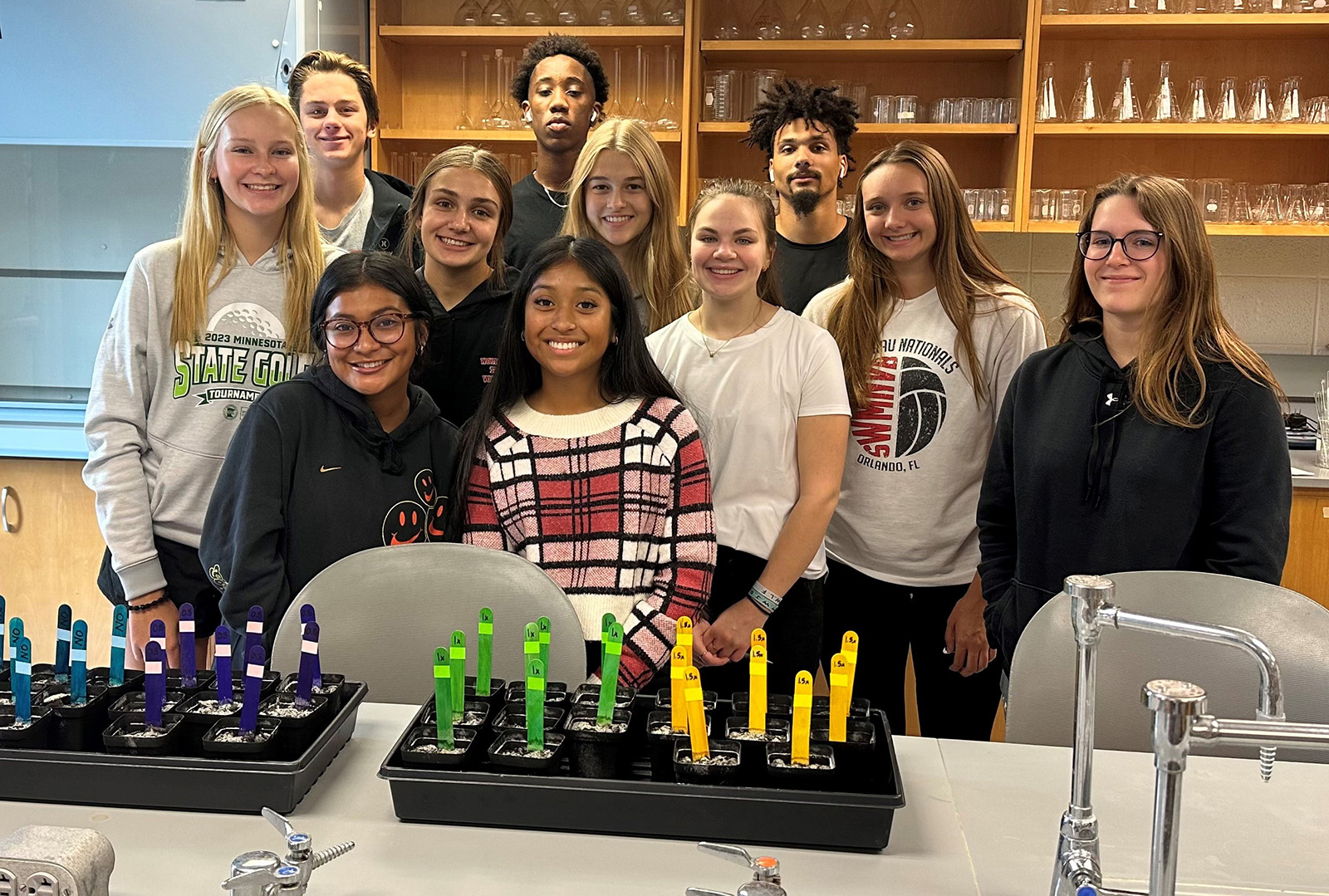 |
Team D's Experiment:
Team D decided to plant scallions (Allium fistulosum) for their fast germination time and versatility in various dishes. The project aimed to investigate how the frequency of urea application to the soil could impact plant growth while considering the payload on the spacecraft. The team recommended the use of urea as a nitrogen source based on prior research.
Both teams faced challenges as the number of plants that survived over the 8-week experiment was insufficient for statistical analysis. The data did not support the hypotheses due to a high mortality rate among the plants.
In their final report, they suggest repeating the experiment, emphasizing the importance of understanding urea's susceptibility to leaching quickly from the soil. They also recommend replicating the setup used during the experiment to address the low sample size resulting from plant mortality.
Congratulations to all the PTMC Best in Show Award-Winning Teams for their dedication and contribution to advancing lunar agriculture!
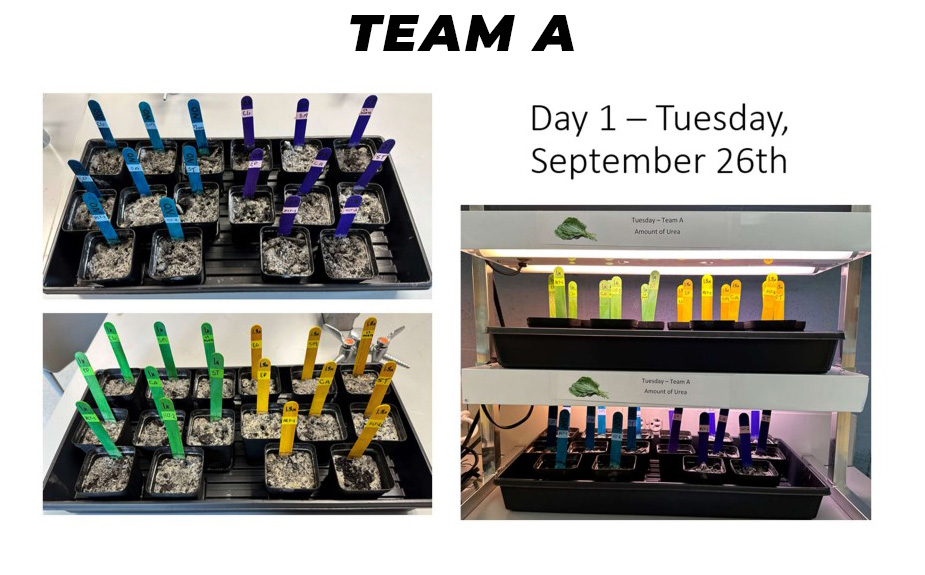 |
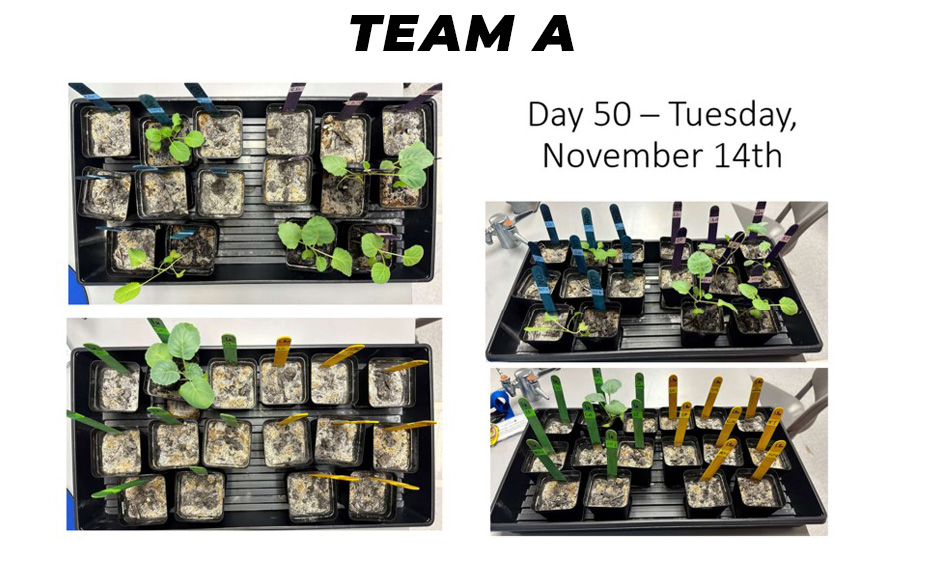 |
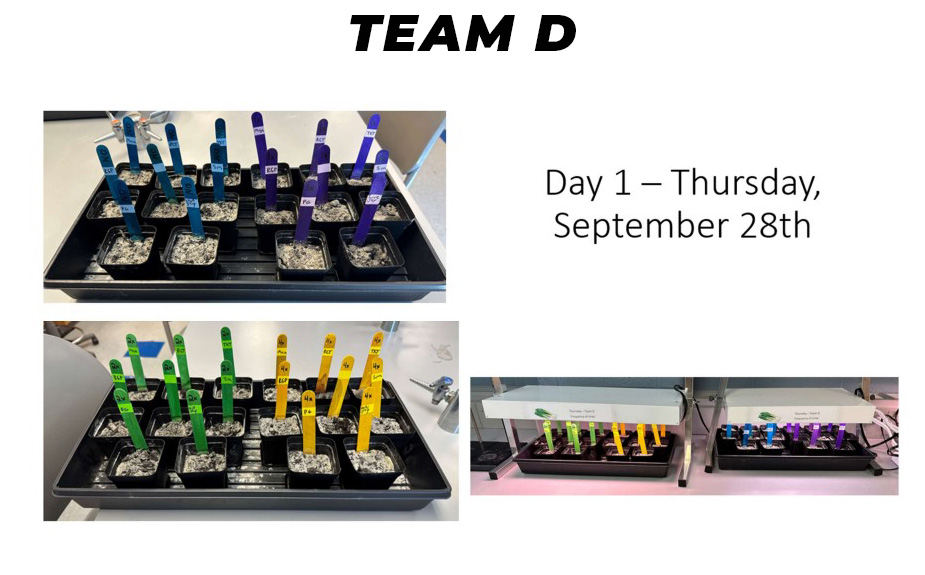 |
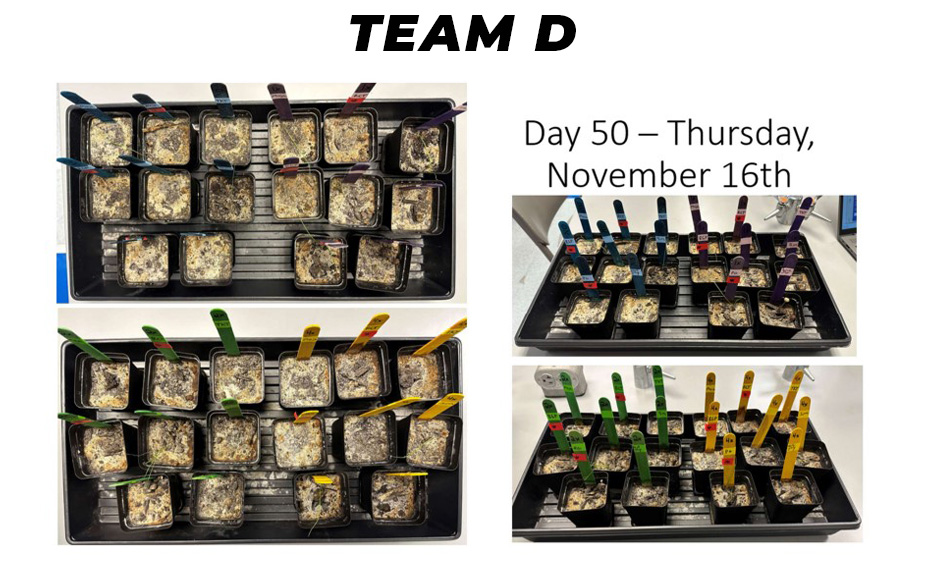 |
